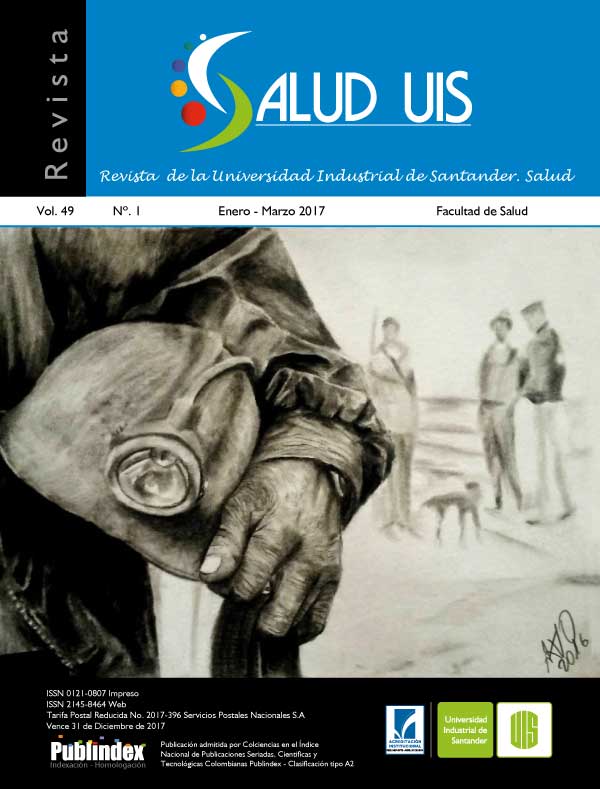Abstract
Introduction: Occupational exposure to coal mining residues can generate a wide range of DNA lesions potentially associated with carcinogenic processes and other work related diseases. Objetive: To evaluate the genotoxic effects in the DNA of individuals occupationally exposed to coal mining residues considering micronucleus formation in lymphocytes (MN) as endpoints for genotoxicity and the possible modulating effect of DNA repair polymorphism hOGG1Ser326Cys (rs. 1052133). Methodology: The studied population was comprised by 74 exposed workers (GE) and 74 office non-exposed referents from general population as a control group (CG). The mean frequency of MN for GE was 8.8 ± 4.9, while for GC was 2.9 ± 4.0. In regard to time of exposure and MN frequency, individuals over 19 years of exposure presented a higher frequency of MN (13-20 MN) than individuals between 2 and 18 years of exposure (2-12 MN). Results: Frequency of MN discriminated by working areas, revealed that the individuals involved in mining activities had a higher MN frequency (11.3 ± 3.4), followed by those involved in embarking (9.0 ± 5.3) and coal carrying activities (8.3 ± 5.3). Modulatory activity of the hOGG1Ser326Cys polymorphism on MN frequency in GE individuals, showed a lower frequency (8.32 ± 4.70) in individuals carrying the polymorphism Ser / Cys, Cys / Cys compared to Ser / Ser (9.06 ± 4.95) carriers. These findings on the possible protective activity of hOGG1Ser326Cys in exposed populations provide new data to the increasing evidence about the protective role of this polymorphism. Conclusions: Data obtained showed that exposure to coal mining residues generates genotoxic effects that could be modulated by genetic variants of repair genes involved in removal of oxidative damageSe autoriza la reproducción total o parcial de la obra para fines educativos, siempre y cuando se cite la fuente.
Esta obra está bajo una Licencia Creative Commons Atribución 4.0 Pública Internacional.
Downloads
Download data is not yet available.
